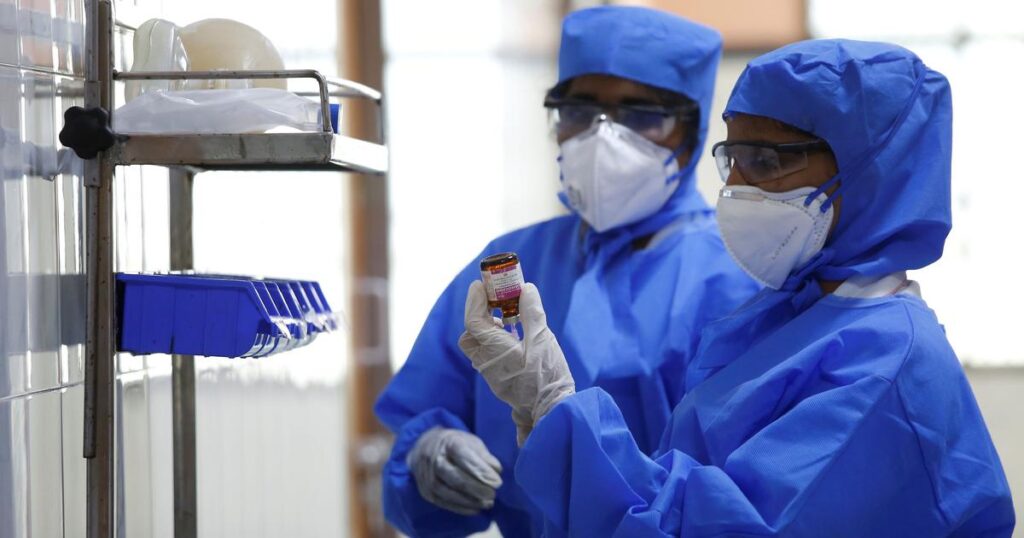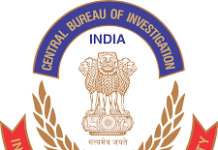
The government today stated that the World Health Organization (WHO) has not classified the Indian Covid-19 variant as “Indian,” despite claims that it has been found in 44 countries.
The B.1.617 version of the coronavirus was not included in WHO’s 32-page document with “Indian Variant.” In fact, the word “Indian” was not used in its report, announced a publication by the Ministry of Health.
The WHO has classified B.1.617 as a global concern variant, but many reports have labelled the mutant as a “Indian variant,” which the Centre claims is unfounded and based on nothing.
WHO has also issued a clarification in the form of a tweet: “The World Health Organization does not associate viruses or variants with the names of the countries where they were first reported. We refer to them by their scientific names, and we ask that everyone do so for consistency’s sake.”
Covid variant found in 44 countries, according to WHO
According to the WHO, the B.1.617 coronavirus variant, which was first discovered in India last year, has been found in 44 countries and is classified as a ‘variant of concern.’
The UN body regularly assesses whether variants of SARS-CoV-2 cause changes in transmissibility and severity, as well as changes in how national health authorities implement public health and social measures.
“As of May 11, over 4,500 sequences from 44 countries in all six WHO regions had been uploaded to GISAID and assigned to B.1.617,” the World Health Organization said in its latest weekly epidemiological update published on Tuesday.
GISAID is a global science initiative and primary source that makes genomic data of the novel coronavirus that caused the Covid-19 pandemic available to the public.
The lineage B.1.617 has also been classified as a variant of concern by the WHO (VOC).
Concerning variants are those that are thought to be more dangerous than the virus’s original form, which was first discovered in China in late 2019.
This danger arises from a variant’s increased transmissibility, lethality, and vaccine resistance, or any combination of these factors.
B.1.617 has three sub-lineages, each with a few but potentially significant mutations in the spike protein, which aids the virus’s entry into human cells and the global prevalence of detection.









